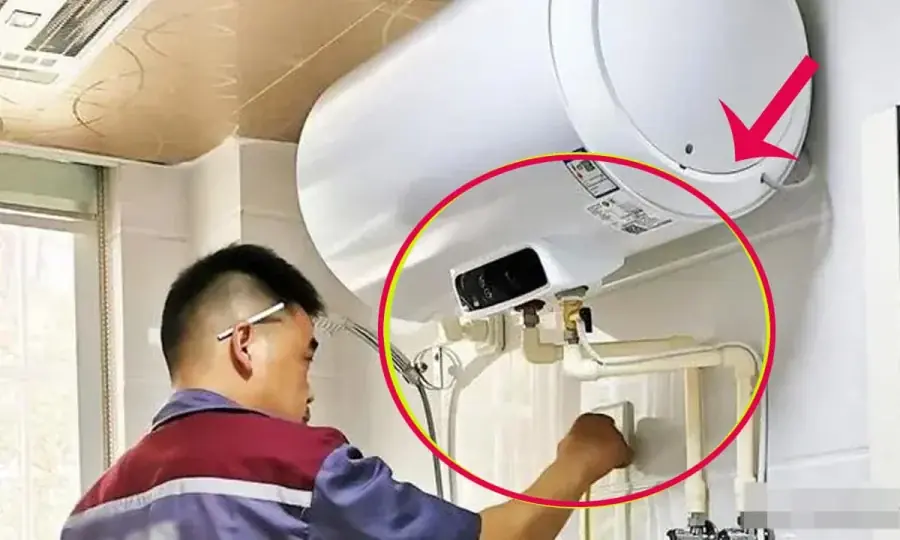
8 devices that consume the most electricity, twice as much as air conditioners
8 Devices That Consume the Most Electricity: Unplug After Use to Save Big
In today’s world, energy consumption is a major concern, not only for the environment but also for our wallets. Many of us overlook how much energy certain devices consume, leading to skyrocketing electricity bills at the end of the month. Some household appliances consume a lot more power than others, and if left plugged in even when not in use, they can significantly impact your energy costs.
While air conditioners are notorious for being energy hogs, did you know that there are other devices in your home that can consume twice as much electricity, if not more? The simple act of unplugging these devices when they’re not in use can make a big difference in your electricity bill. Let’s explore the 8 most energy-consuming devices in your home and why it’s important to unplug them.
1. Air Conditioners
Air conditioners are some of the most obvious culprits when it comes to high energy bills. These appliances require a significant amount of energy to cool your home, especially during the hot summer months. However, even when you think the air conditioner is turned off, it can still draw power if plugged in. Simply unplugging it after use can reduce unnecessary power consumption.
Tips for saving:
-
Use a programmable thermostat to control the temperature efficiently.
-
Clean filters regularly to ensure the air conditioner works optimally.
-
Consider using a fan in conjunction with the air conditioner to reduce overall usage.
2. Water Heaters
Water heaters are a major contributor to energy consumption, especially electric water heaters. They continuously heat water to a set temperature, which can result in wasted energy. Keeping the water heater plugged in at all times can drive your electricity bill through the roof.
Tips for saving:
-
Set the water heater temperature to 120°F (49°C) for optimal energy usage.
-
Unplug the heater when it’s not in use, such as when you’re on vacation.
-
Install a timer for automatic on/off control.
3. Refrigerators
Refrigerators are a necessity, but they also consume a significant amount of electricity. While you can’t unplug it permanently, unplugging a second fridge or freezer that you don’t use frequently can reduce your monthly energy costs. Additionally, an inefficient refrigerator can waste a lot of energy.
Tips for saving:
-
Keep the refrigerator at the correct temperature (between 35°F and 38°F or 1.6°C to 3.3°C).
-
Make sure the seals around the door are tight.
-
Clean the coils regularly to maintain efficiency.
4. Space Heaters
Space heaters are another appliance that can drastically increase your energy bills, especially during the colder months. These devices tend to draw a lot of power to provide warmth. When not in use, make sure to turn them off and unplug them.
Tips for saving:
-
Use space heaters in small rooms and only when necessary.
-
Set timers so that the heater doesn’t run all day.
-
Consider using an energy-efficient heater.
5. Televisions and Entertainment Systems
Modern televisions, sound systems, and gaming consoles consume a considerable amount of electricity, even when in standby mode. Many people leave these devices plugged in after they’re turned off, contributing to “phantom” energy use.
Tips for saving:
-
Use a power strip to easily unplug multiple devices at once.
-
Turn off devices when not in use instead of leaving them in standby mode.
-
Switch to an energy-efficient TV and entertainment system.
6. Microwave Ovens
Microwaves are a fast and convenient kitchen appliance, but they can use a lot of energy when in use. Similar to other appliances, leaving the microwave plugged in when not in use contributes to unnecessary power consumption. Unplugging it after use is a simple way to save energy.
Tips for saving:
-
Use the microwave only when necessary.
-
Opt for an energy-efficient microwave model.
-
Consider unplugging when not in use, especially if it’s rarely used.
7. Computers and Laptops
Computers, printers, and other office equipment consume substantial energy when plugged in, even when not in active use. Keeping them plugged in constantly, especially desktops, can result in unnecessary energy consumption. Laptops, although more energy-efficient, can also contribute to power consumption when plugged in all the time.
Tips for saving:
-
Turn off the computer or put it in sleep mode when not in use.
-
Unplug chargers once devices are fully charged.
-
Use a power strip to easily disconnect multiple devices.
8. Lighting
While lighting is essential, leaving lights on in empty rooms or using incandescent bulbs instead of energy-efficient LED lights can waste electricity. This can significantly impact your energy bills over time. Additionally, outdoor lights or decorative lights that stay on all night also add to the consumption.
Tips for saving:
-
Use LED lights, which are more energy-efficient and last longer than incandescent bulbs.
-
Install motion-sensing lights for outdoor areas or rooms that aren’t used frequently.
-
Turn off lights when leaving a room or install timers.
Conclusion:
Electricity bills can quickly add up if you’re not mindful of the devices you use daily. While we can’t always eliminate these essential appliances, we can certainly take steps to reduce their impact on our energy consumption. By unplugging these 8 devices after use, you can save a significant amount of electricity every month.
Adopting these simple habits will not only save you money but also contribute to reducing your overall carbon footprint. Additionally, ensuring that your devices are energy-efficient, properly maintained, and used thoughtfully can lead to long-term savings and environmental benefits.
Be mindful of your electricity consumption, and remember
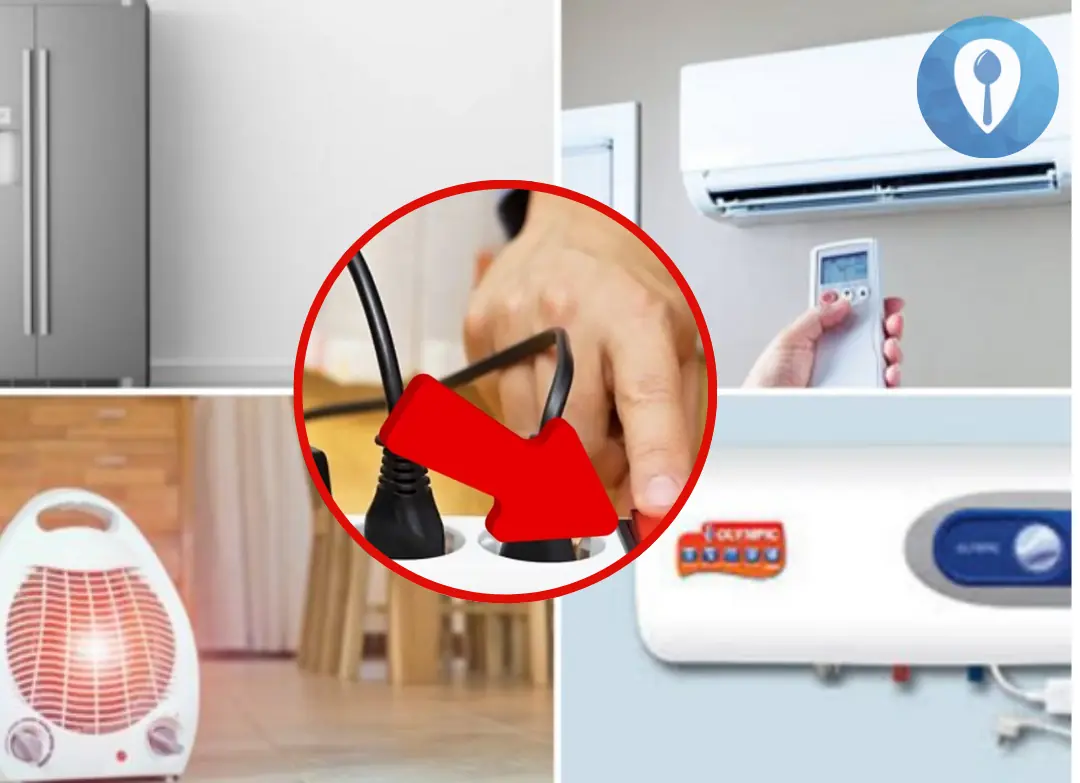
News in the same category


It’s Not Steaming—This Is Actually the Best Way to Cook Vegetables, According to Research

Warning: Combining This Food with Onions May Cause Pois.oning or Even Blindness

10 Uses For Coconut Oil

If you have this leaf in your compound you actually have gold but you don't know

This unpretentious plant grows all around, but most people don't know it's importance

Is the Front Row the Best Seat? Tips to Help You Choose the Most Comfortable Seat on a Plane
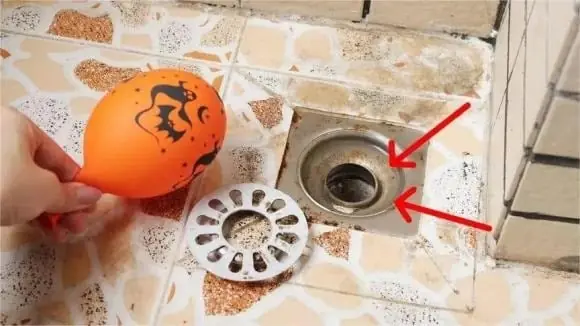
Just One Balloon: A Simple Trick to Eliminate Floor Drain Odors – Anyone Can Do It!

Secrets to Silky Black Hair and Reduced Hair Fall: 3 Traditional Foods Inspired by Empress Dowager Cixi

Mixing Laundry Detergent with Sugar: A Surprising Combo Everyone Will Love for Solving Household Problems

Sc.a.rs - What foods should you avoid to avoid keloids and dark sc.a.rs? Full list
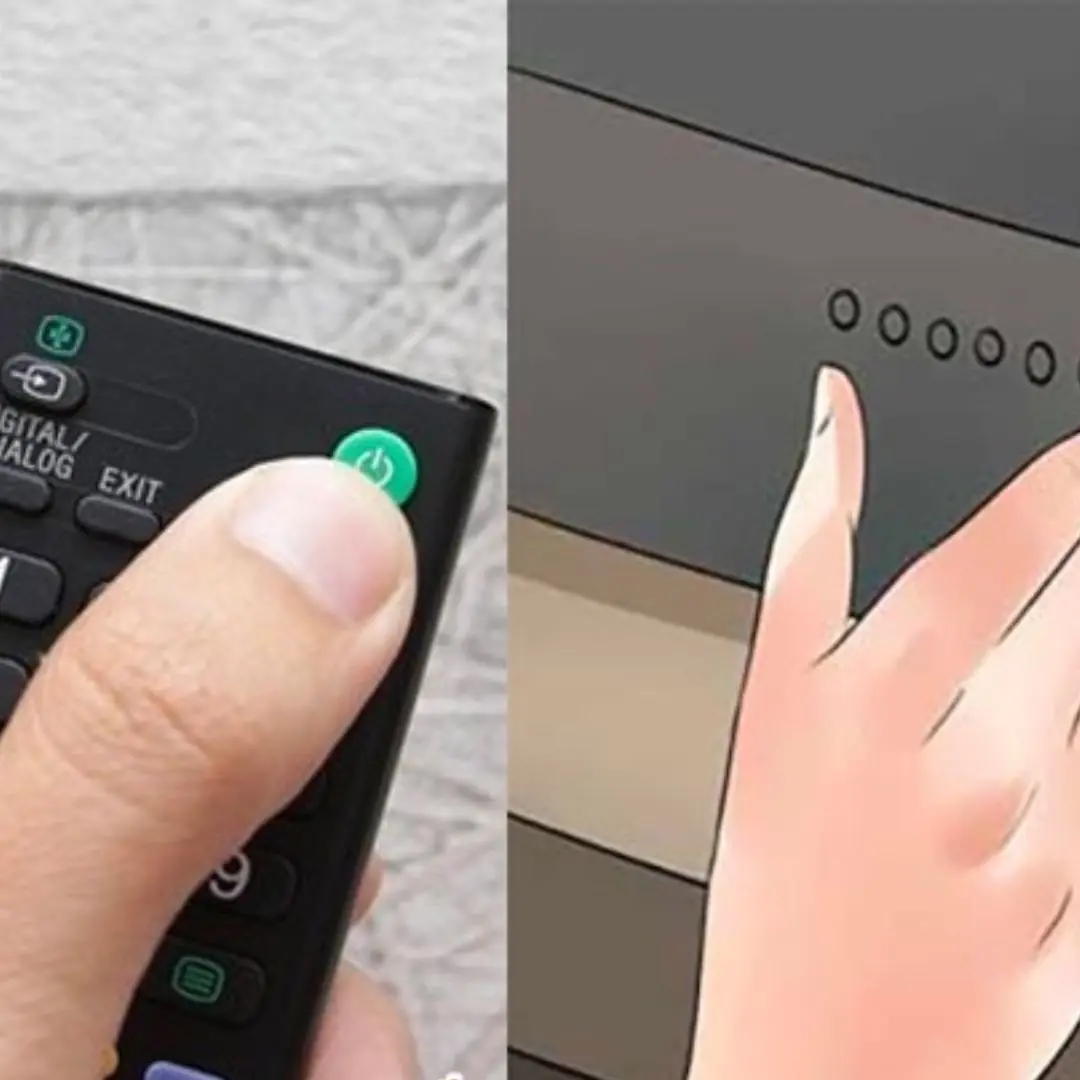
Increase the life of your smart TV with 5 simple tips

Desiccant packets have 8 special uses, if you throw them away it's like throwing money out the window

Be sure to unplug to reduce electricity bill

Add One of These 3 Ingredients to Your Rice Cooker – You’ll Never Want to Cook Rice the Old Way Again

Cooking Eggs the Wrong Way Can Be Like "Poi.soning" Your Body – Mistake #2 Is Especially Common!

Don't Just Use Sugar and Fish Sauce for Marinated Grilled Meat — Add This Liquid for Tender, Flavor-Packed Pork You’ll Never Forget
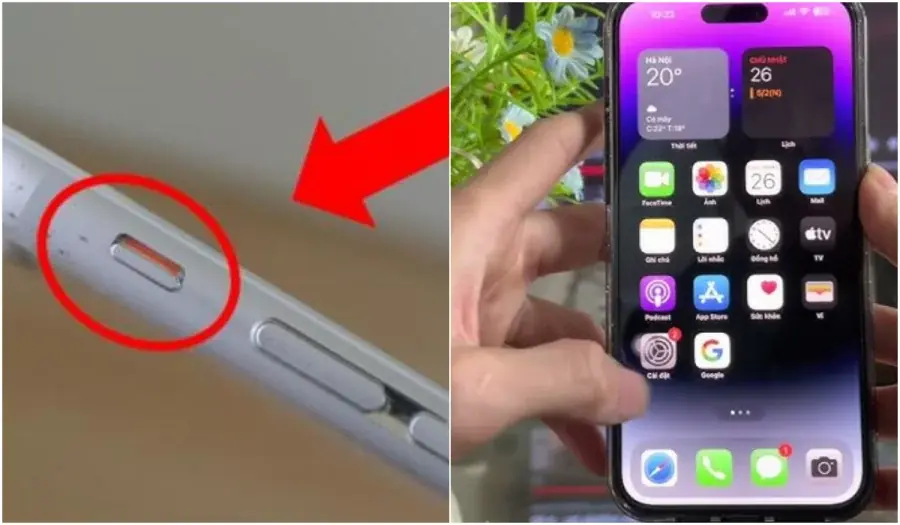
Your Phone's Volume Buttons Aren’t Just for Adjusting Sound: 5 Hidden Functions You Might Be Missing
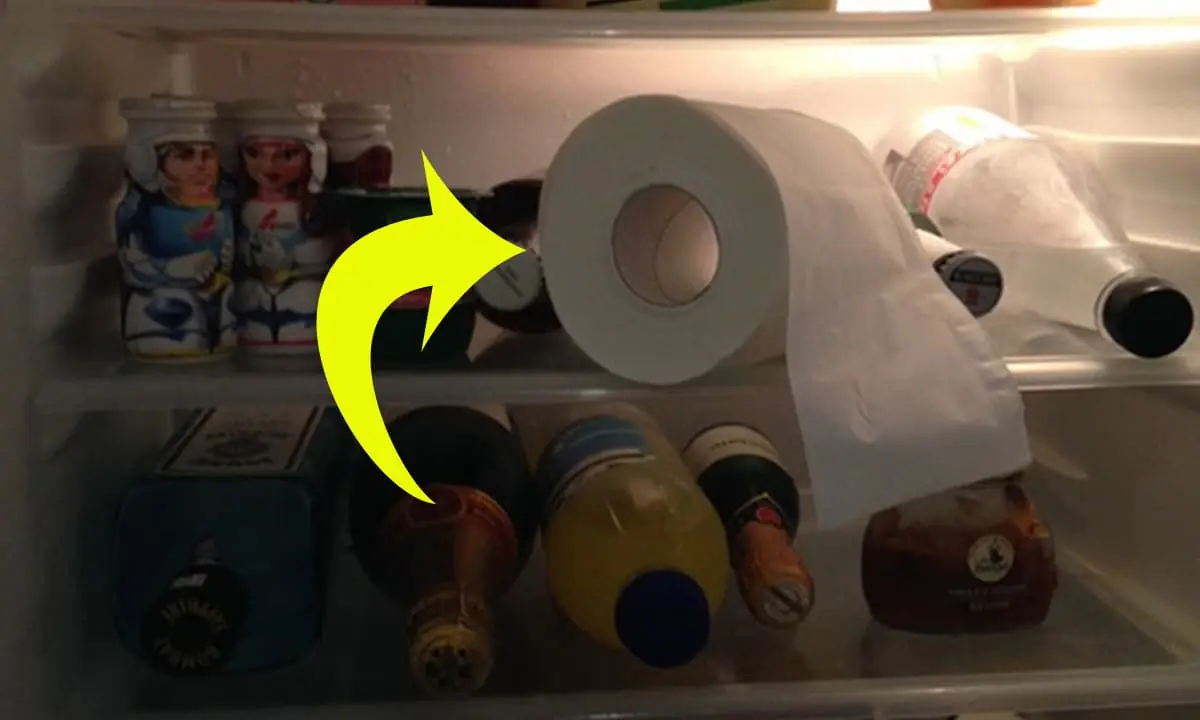
Great tip every family needs
News Post
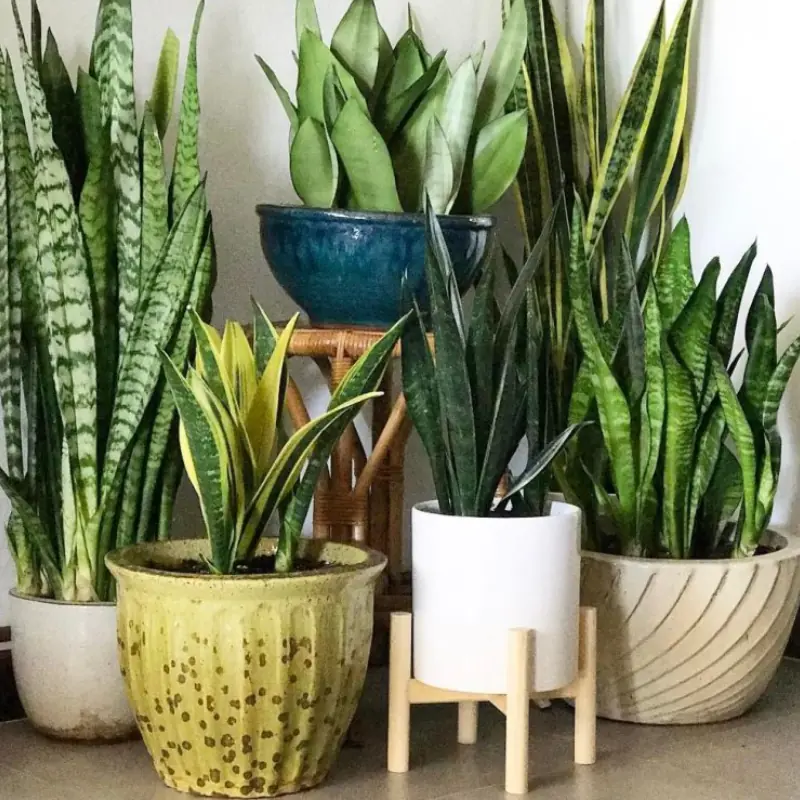
Age is taboo for snake plant

Diagnosed with Late-Stage Cancer After Visiting Ancestors' Grave During Qingming Festival, Man Silently “Thanks His Ancestors”

Warning: Eating 50g of This Type of Meat Daily May Increase Cancer Risk, Recurrence, and Faster Metastasis

5 Household Devices That Use More Electricity Than an Air Conditioner – Leaving Them Plugged In Can Skyrocket Your Energy Bill

It’s Not Steaming—This Is Actually the Best Way to Cook Vegetables, According to Research

Have You Ever Wondered About the Color Strip on Toothpaste Tubes? Turns Out, the World Got It All Wrong

Warning: Combining This Food with Onions May Cause Pois.oning or Even Blindness

10 Uses For Coconut Oil

You should not ignore these signs

What will happen to your bo.dy?

If you have this leaf in your compound you actually have gold but you don't know

This unpretentious plant grows all around, but most people don't know it's importance

Building an easy-to-digest menu for stomach c.a.n.cer patients

Horrifying Images of Giant Worms Removed from the Body of a 3-Year-Old Boy

What time should you take a bath to ensure health safety and reduce the risk of stroke?

New Research Reveals That Microplastics Can Sneak Into Vegetables in Unexpected Ways

Is the Front Row the Best Seat? Tips to Help You Choose the Most Comfortable Seat on a Plane

Just One Balloon: A Simple Trick to Eliminate Floor Drain Odors – Anyone Can Do It!

Tips are very necessary for those who often fly
